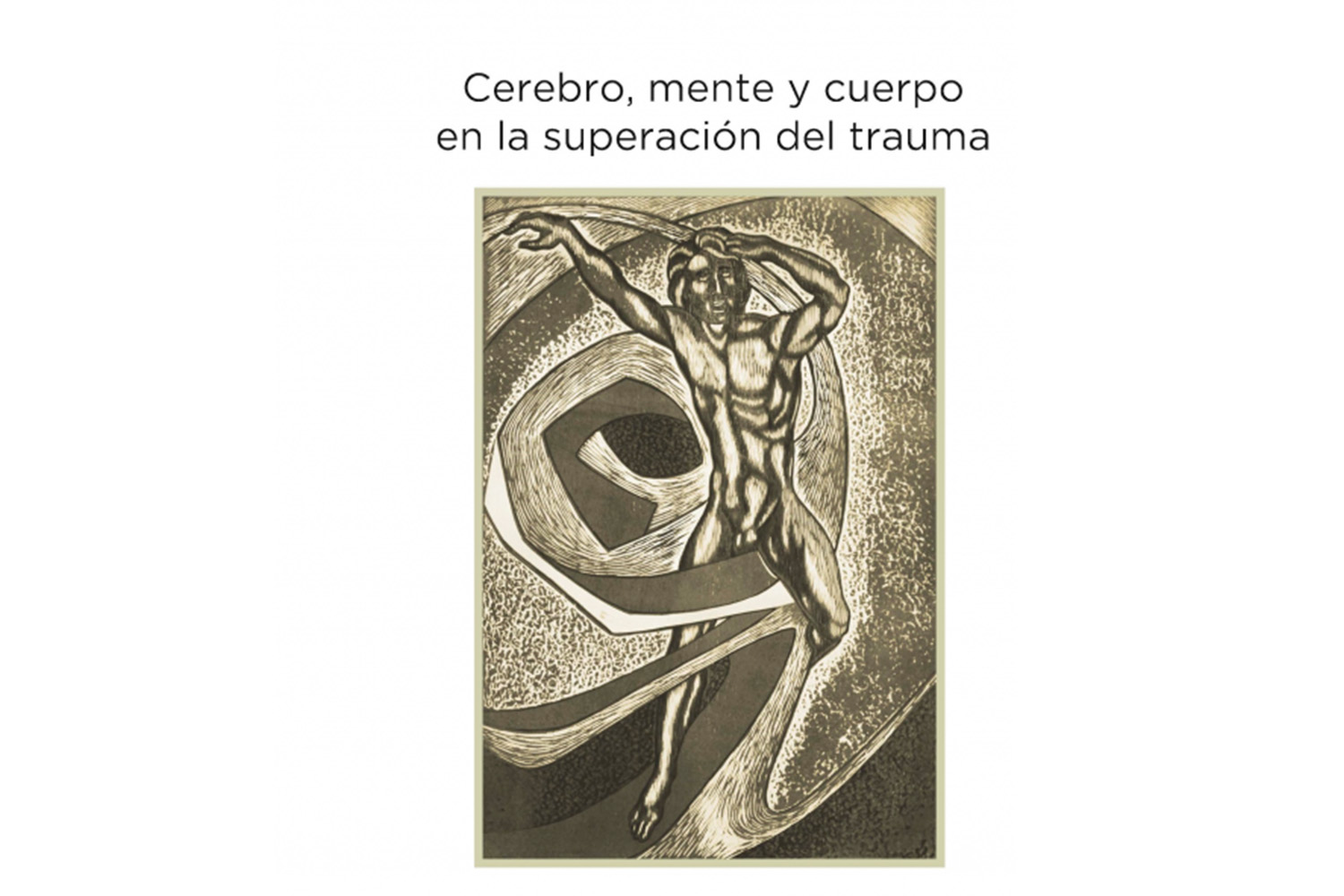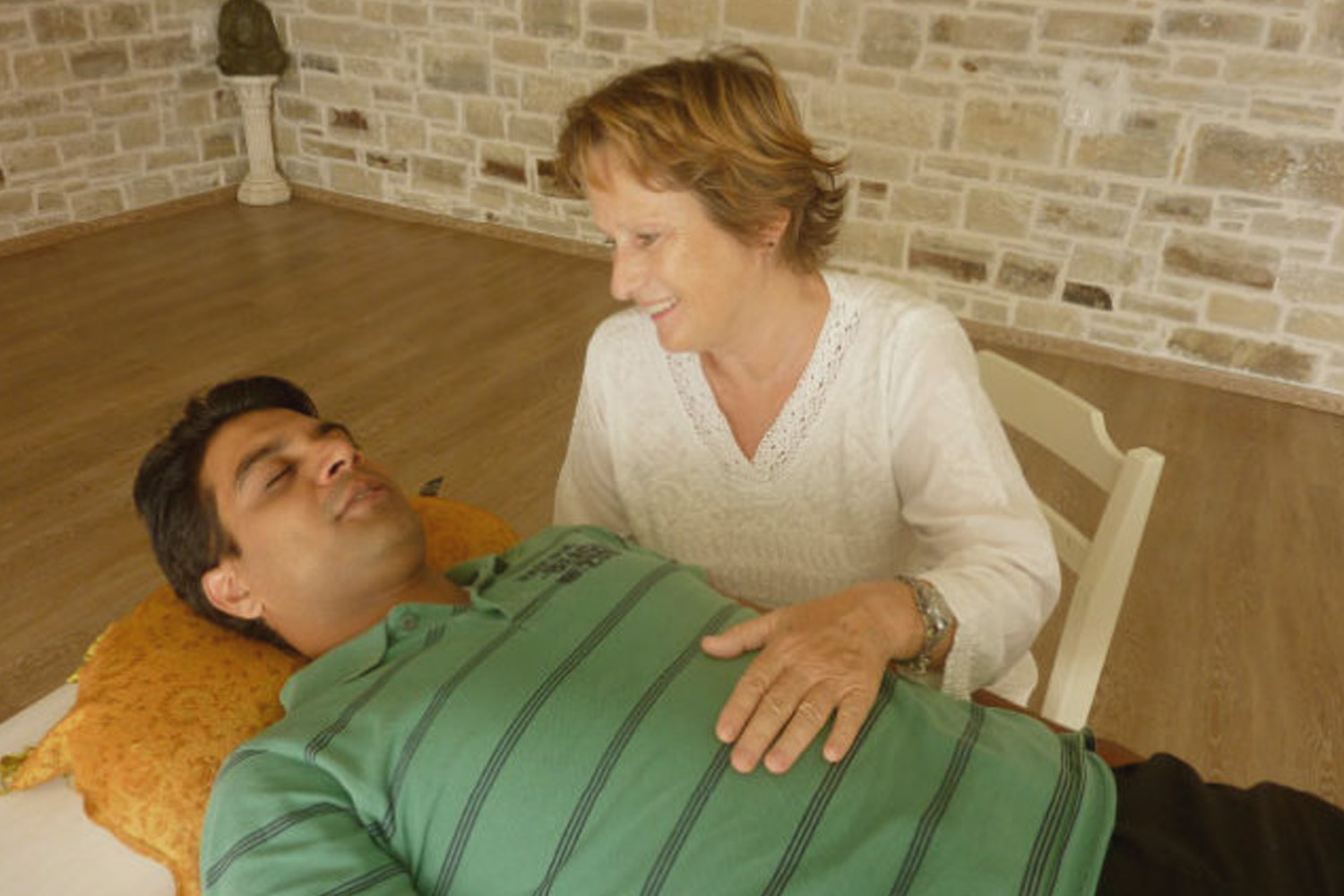Therapies
Somato Emotional Release
The Panizo Somato-Emotional Release is a therapeutic technique developed by Alberto Panizo that seeks to free the body and mind from the negative effects of past experiences. This method focuses on identifying and releasing emotional blocks stored in the body, promoting a comprehensive balance between body and mind.
During the therapeutic process, gentle and precise techniques are used to help the patient recognize and release emotional tensions that may be affecting their physical and mental well-being. Release is achieved when the body assumes the same posture it was in when the original blow occurred, allowing a straight path out for the accumulated tension.
This therapy is especially beneficial for those seeking a deeper connection between their emotions and their physical state, facilitating a harmonious integration of both aspects and promoting comprehensive health.
The Panizo Somato-Emotional Release method uses different techniques such as working with tissue memory, the release of “energy cysts”, the use of images and therapeutic dialogue, pendulation, body untwisting and work (emotional and mental) with past traumas that affect us in our daily lives (inspired by the systems of Peter Levine and Stephen Porges).
It is a tool that complements Craniosacral work and Rebalancing® deep massage
Some questions
Could you have forgotten the trauma?
Consciously, yes, but the body keeps it alive. Trauma resides in the limbic system, and when something happens that reminds us of it, we react automatically. You can’t rationally decide to forget a trauma because it resides in the most primitive part of the brain.
Are fear and isolation at the core of trauma?
Yes, and it reshapes the brain and body. We are primates, relational beings, so a big part of trauma is that you isolate yourself from relationships with others.
And can it be reversed?
Yes. A significant part of it is being able to talk about it, and then you have to deal with all the feelings that are present and expressed in your body, because as a defense mechanism, people who have experienced trauma dissociate from their bodies and their sensations.


The Relationship between Body, Mind, and Emotions
The relationship between body and mind is now accepted, even by orthodox medicine. I would even say the intimate relationship between body, mind, emotions, and spirit.
In the field of psychoneuroimmunology, connections between negative psychological states and their influence on the immune response have been discovered. Our mental and emotional state can be read in our bodies. Our emotional states, whether stressed, excited, repressed, or otherwise, are reflected in characteristic muscular patterns and postures. Even physical and emotional traumas from the past are reflected in our tissues, which we call “energy cyst.”
Our repressed emotions lead to the suppression of activity and, ultimately, to the chronic contraction of the muscles that could be used to express those emotions. Whether we repress positive or negative emotions: anger, fear, hatred, joy, frustration, grief, or others, the most vulnerable areas of our body are the muscles and tissues surrounding the neck and spine, the face and especially the jaw, the stomach and intestines, the diaphragm as the main breathing muscle, and the pelvic area with its influence on the legs.
All of these areas of the body that produce sensations that awaken emotional arousal can have reduced blood supply due to muscle contractions. The mind and its subconscious, being in contact with these patterns of tension and contraction, will also provide us with a path for therapeutic treatment.
Anger or fear paralyze the body’s ability to dissipate energy. Many people who undergo the session come for a specific pain or disorder. Others want to live life more fully and delve deeper into their fears and tensions. With the first session, we can assess the system and begin working. As we delve deeper into subsequent sessions, we can get to the core of the problem. Many chronic symptoms of stress or physical and psychological trauma have their origins in the past, from accidents, assaults, and traumas we have suffered. This negative force is also retained in our body and mind (injury energy), and the entire system has adapted to this new, abnormal situation. With these sessions, and with the collaboration of the person receiving the session, we can transform these blockages and help heal the problems.
Remember that complementary therapies do not replace or interfere with medical or psychological treatment.
PANIZO SOMATO-EMOTIONAL RELEASE METHOD
Individual sessions at Praxis Barcelona and Reus

BIBLIOGRAPHY
- Integration of Body, Mind, and Emotions in Craniosacral Therapy. Authors: Alberto Panizo, Andrzej Pilat, and others. Publisher: ONCE University School of Physiotherapy. Code: 978-84-484-0196-2
- Healing Trauma. Author: Peter Levine. Urano.
- Polyvagal Theory, Author: Stephen W. Porges
- The Body Remembers. Author: Babette Rothschild.
- Focusing. Author: Euget T. Gendlin. Messenger.
- SomatoEmotional Release. Author: Upleger. North Atlantic Books.
- The integration of the structures of the human body. Author: Ida Rolf. Urano Editions.
- Myofascial induction. Author: Andrzej Pilat. Mc Graw Hill.
- Traumatic Incident Reduction. Author: Gerald D. French
- Manual therapy. Author: L. Chaitow. Mc Graw Hill.
- Begin with the body. A meditator’s guide to bodywork. Author: Osho. Academy of healing arts.
- Emotional anatomy. Stanley Keleman. Ed. Desclee.
- Illness as a path. Thorwald Dethlefsen. Edit Plaza y Janés.
- Illness as a Symbol. Thorwald Dethlefsen. Published by Robin Book.
- Anatomy for Movement I and II. Blandine Calais. Published by Hare of March.
